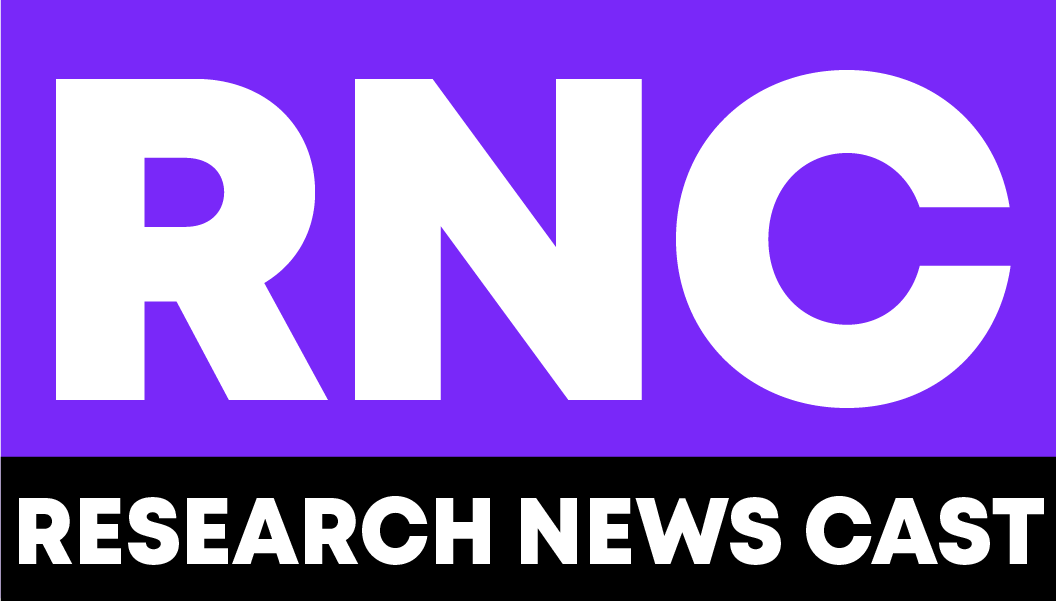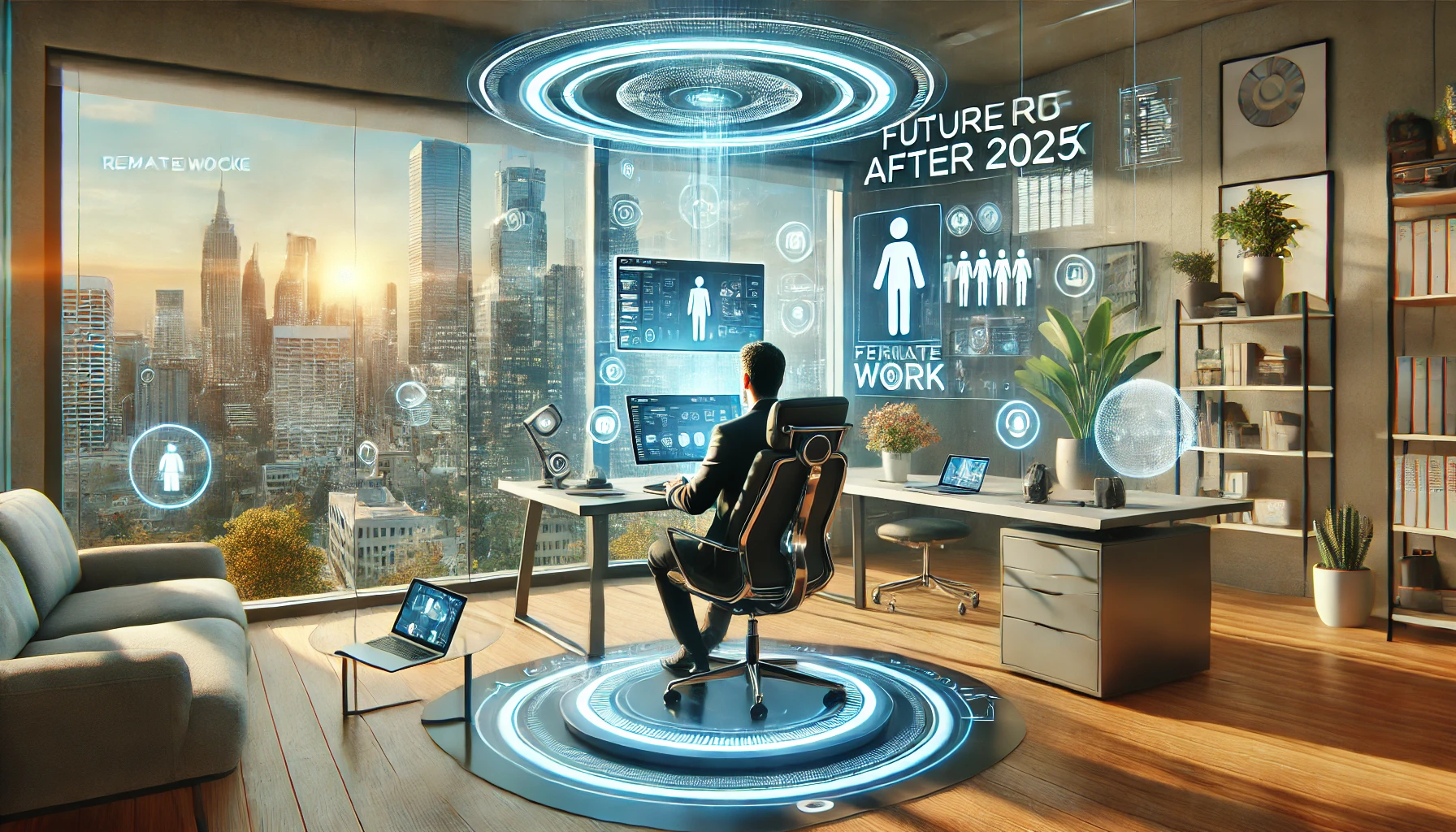Once a luxury, then a necessity, and now? A way of life. Remote work has reshaped how we see jobs, offices, and even the concept of work itself. But what happens after 2025? Will we all be dialing into meetings from beachside cafés? Or will companies start calling employees back to their cubicles?
Let’s dive into the future of remote work; where it’s headed, how it’s evolving, and what it means for employees, businesses, and the global economy.
The Growth of Hybrid Work
Gone are the days when remote work was an all-or-nothing deal. Hybrid work is becoming the norm. Employees are splitting their time between home and the office, balancing flexibility with in-person collaboration.
Companies are designing workspaces differently. Offices are transforming into collaboration hubs rather than daily workstations. Instead of assigned desks, many organizations are embracing hot-desking and coworking spaces. This shift means businesses save money on office costs while employees enjoy greater autonomy over their work environments.
Work-From-Home Trends: Beyond the Basics
By 2025, working from home is no longer just about Zoom calls and pajama-friendly meetings. Tech advancements, including AI-driven virtual assistants and immersive augmented reality (AR) workspaces, are making remote collaboration seamless. Virtual offices, powered by the metaverse, are taking shape, creating more engaging digital work environments.
Cybersecurity is another major focus. As remote work continues, businesses are doubling down on secure cloud computing, end-to-end encryption, and AI-powered threat detection. This ensures that employees can work remotely without compromising sensitive company data.
The Digital Nomad Revolution
If the pandemic taught us anything, it’s that work isn’t tied to a location. The rise of digital nomads—professionals who work from anywhere—is only accelerating. With better internet access worldwide, more people are ditching traditional office life to work from different cities and countries.
Governments are noticing this shift. Many countries are introducing remote work visas, making it easier for professionals to live and work abroad. Portugal, Estonia, and Bali are leading the way, offering attractive incentives for digital nomads. Expect more nations to follow suit after 2025.
AI and Automation: Reshaping Remote Work
Artificial intelligence (AI) is playing a bigger role in remote work than ever before. Smart scheduling, automated emails, and AI-powered project management tools are reducing workloads and boosting productivity. Some businesses are even using AI to enhance virtual meetings. They’re using it to generate instant summaries, auto-translate conversations, and predict team workflow patterns.
Automation is also redefining job roles. While some fear AI will replace jobs, it’s more likely to shift responsibilities. Instead of performing repetitive tasks, employees will focus on creative and strategic thinking, making remote work more dynamic and fulfilling.
Challenges and Adaptations
Despite its benefits, remote work has challenges. Employee isolation remains a concern. Companies are tackling this by fostering virtual team-building activities, implementing mental health support programs, and organizing regular in-person meetups.
Another challenge is ensuring equal opportunities. Not all employees have the same access to remote work tools, especially in developing regions. Businesses must invest in technology and infrastructure to bridge the digital divide and create a more inclusive remote workforce.
The Future of Remote Work Policies
By 2030, expect to see more structured remote work policies. Companies are moving beyond experimental phases and setting clear guidelines for remote, hybrid, and in-office work. Governments, too, are adapting, refining labor laws to better accommodate remote employees, ensuring fair wages, benefits, and legal protections.
Final Thoughts: A Work Revolution in Progress
The future of remote work after 2025 isn’t just about working from home. Rather, it’s about working smarter, anywhere. Hybrid models, AI-powered tools, and global work opportunities are paving the way for a more flexible, efficient, and balanced professional life.
As technology evolves and businesses adapt, one thing is clear: the office of the future is wherever you want it to be.












